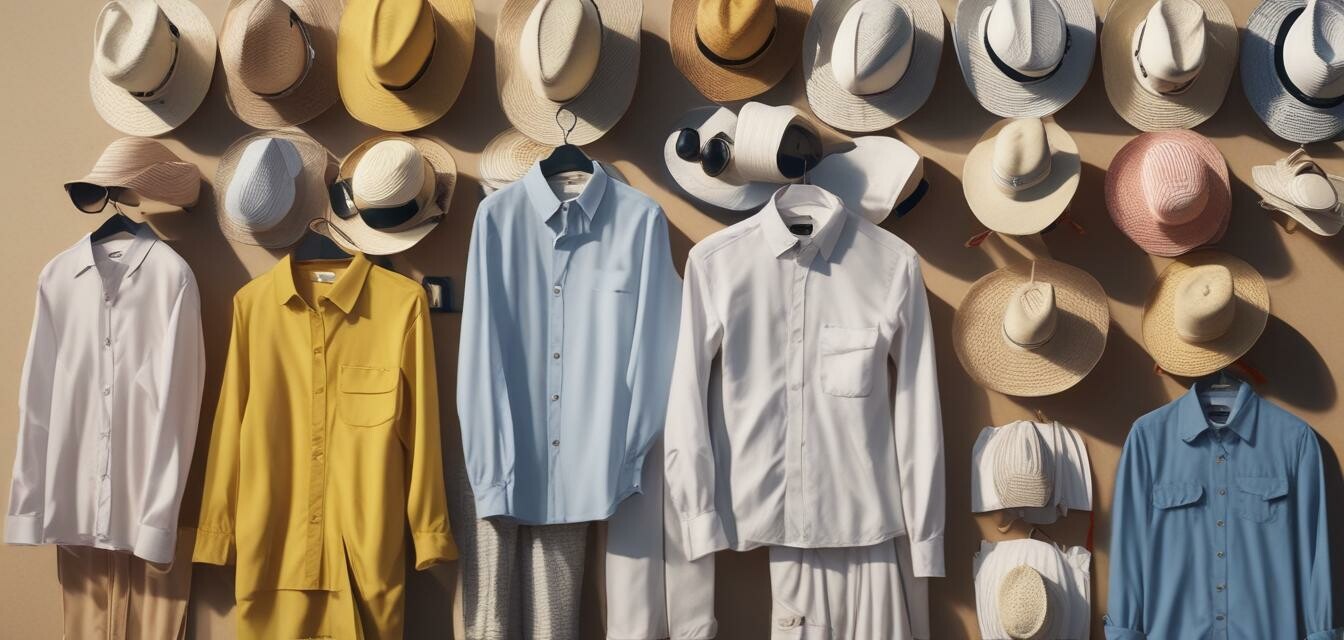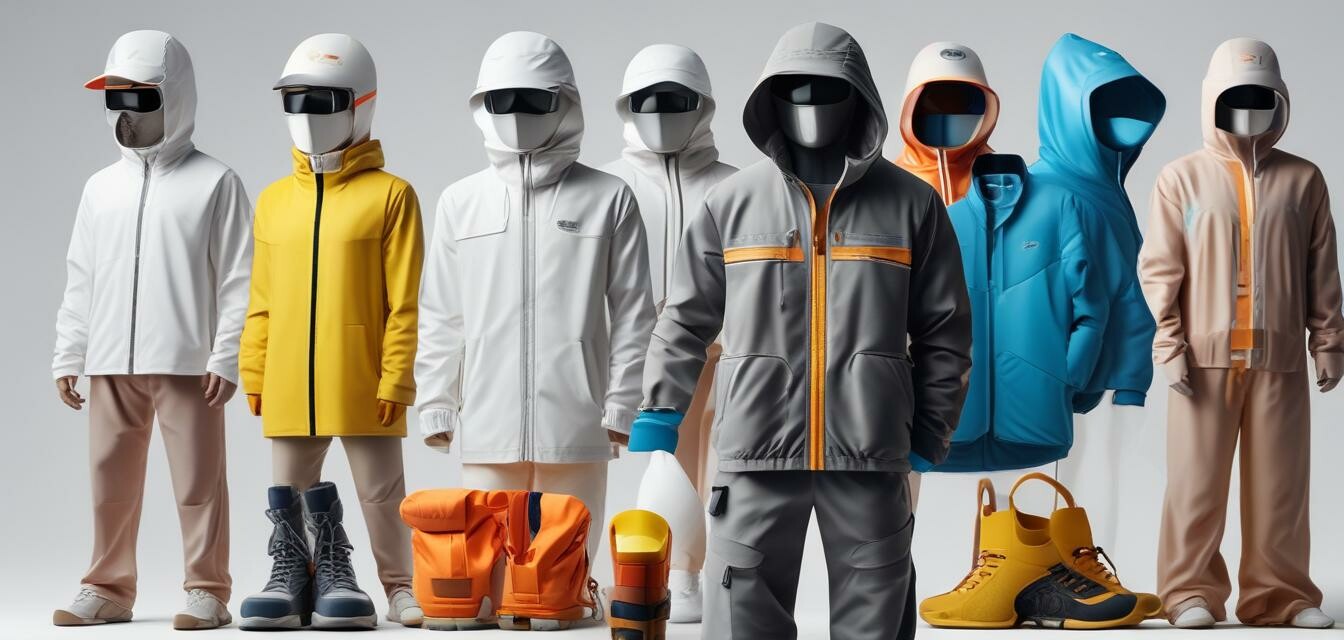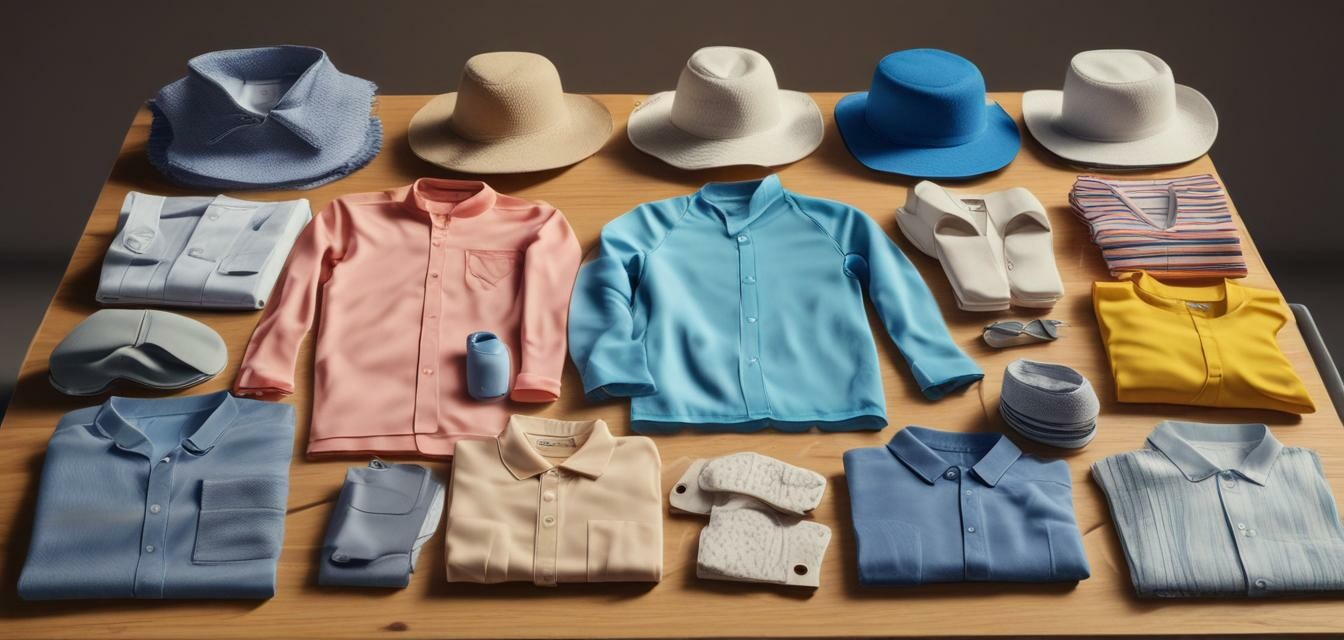
Understanding UV Protection
Key Takeaways
- UV protection prevents skin damage caused by harmful rays.
- UV protective clothing offers consistent protection without reapplication.
- Clothing with UPF ratings is essential for extended outdoor activities.
- It's particularly important for children and those with sun sensitivity.
- Investing in UV protective apparel can be cost-effective.
Understanding ultraviolet (UV) protection is crucial in today's world, given the increasing awareness of skin health and safety. This guide delves into what UV protection is, how it functions, and why investing in UV protective clothing is essential for everyone, especially those who spend considerable time outdoors.
What is UV Protection?
UV protection refers to the measures and products designed to shield the skin from ultraviolent radiation from the sun. There are two primary types of UV rays that can affect the skin:
- UVA Rays: These rays penetrate deeply into the skin, leading to premature aging and skin damage.
- UVB Rays: These rays are responsible for sunburn and can cause immediate skin damage.
How Does UV Protection Work?
The effectiveness of UV protection is often measured using the Ultraviolet Protection Factor (UPF). This rating indicates how much UV radiation can penetrate the fabric. For instance, a fabric with a UPF of 50 allows only 1/50th of the sun's UV rays to reach the skin.
Benefits of UV Protective Clothing
Investing in UV protective clothing comes with several advantages:
| Benefit | Description |
|---|---|
| Consistency | Unlike sunscreen, which requires frequent reapplication, UV protective clothing provides consistent coverage. |
| Convenience | Perfect for those on the go, eliminating the need to carry sunscreen. |
| Comfort | Many UV protective garments come with moisture-wicking properties, keeping you cool during outdoor activities. |
| Protection for Everyone | Crucial for individuals who are photosensitive or taking medications increasing sensitivity. |
| Cost-effective | Long-term savings compared to repeated sunscreen purchases. |
Types of UV Protective Clothing
Various types of clothing offer UV protection. Here are the main categories to consider:
- Casual Wear: Everyday clothing designed for light outdoor activities.
- Athletic Apparel: Performance gear made for active pursuits.
- Kids' Apparel: Specialized clothing for children, who have more sensitive skin.
- Swimwear: UV protective swimwear designed for pools and beaches.
- Outdoor Gear: Equipment and clothing designed for hiking, camping, and outdoor sports.

Choosing the Right UV Protective Clothing
When selecting UV protective clothing, consider the following factors:
- UPF Rating: Look for clothing with a UPF of at least 30.
- Fabric Type: Opt for tightly woven fabrics and those treated to enhance UV protection.
- Fit: Choose loose-fitting clothing, as it can create a barrier between the skin and the sun.
- Features: Look for moisture-wicking and breathable fabrics for enhanced comfort.
Debunking Myths About UV Protection
Many misconceptions exist regarding UV radiation and protection:
- Myth 1: You only need UV protection on sunny days.
Fact: UV rays can penetrate clouds; protection is needed year-round. - Myth 2: Darker fabrics provide better protection.
Fact: It’s not just about color but fabric type and weave. - Myth 3: You don’t need protection if you’re in the shade.
Fact: UV rays can reflect off surfaces like sand and water, still reaching you.

Additional Tips for UV Protection
Beginners Section
- Always check the UPF rating when buying new clothes.
- Consider wearing a wide-brimmed hat and sunglasses for extra protection.
- Seek shade during peak sun hours, typically from 10 AM to 4 PM.
- Stay hydrated and wear sunscreen for uncovered areas when outdoors for extended periods.
Conclusion
Understanding and utilizing UV protection is essential for maintaining skin health and safety. Investing in UV protective clothing is a convenient, effective, and cost-efficient method to shield yourself from harmful UV rays. Whether for casual outings or intense outdoor activities, make sure you are equipped with the right protective gear to enjoy the sun safely.
Pros
- Provides consistent and reliable sun protection.
- Convenient for those engaged in outdoor activities.
- Often includes additional features like cooling and moisture-wicking.
- Available for various preferences in style and function.
- Helps reduce the frequency of sunscreen reapplication.
Cons
- Initial purchase cost can be higher than regular clothing.
- Limited fashionable options compared to traditional clothing.
- May require specific care techniques to maintain UPF properties.








